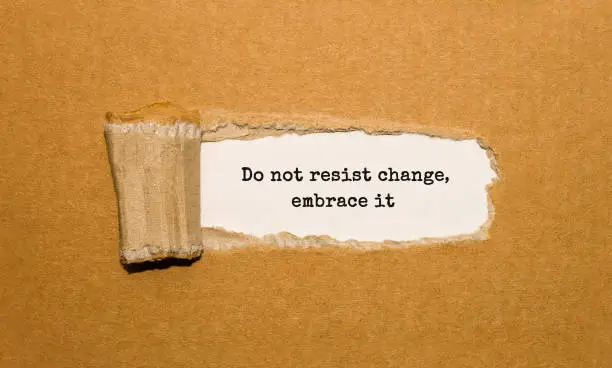In the fast-paced world of modern business, agility is often the key to survival and success. Companies that can adapt, innovate, and respond quickly to change tend to outperform their competitors. This is why Agile methodologies have become so popular, promising increased efficiency, improved quality, and better customer satisfaction.
But what happens when you encounter resistance from a senior manager who doesn’t like processes, despite the company promoting Agile in other departments with a strong focus on project management (Not product management)? This is where the story of our Agile coach begins, navigating the delicate task of bringing Scrum into the spotlight while promoting continuous integration and continuous deployment (CI/CD).
1. Understanding the Landscape:
The first step in this journey is to thoroughly understand the context. Why is the senior manager resistant to processes? What are the pain points they are experiencing? What are the company’s overarching goals and how does Agile align with them?
2. Education and Awareness:
An Agile coach’s role often involves educating and creating awareness. Start by conducting workshops, seminars, or one-on-one sessions with the senior manager and the team. Highlight the benefits of Scrum, emphasising its flexibility and adaptability.
3. Show the Success Stories:
Share case studies and success stories from other departments within the company where Agile methodologies have transformed the way work is done. Highlight how Scrum, CI/CD, and other Agile practices have led to tangible improvements in productivity, quality, and customer satisfaction.
4. Customised Approach:
Tailor your approach to suit the specific needs and concerns of the senior manager and the team. Be open to adjusting processes to address their unique challenges and objectives.
5. Collaborative Decision-Making:
Involve the senior manager and the team in the decision-making process. Let them have a say in how Agile practices are implemented, so they feel a sense of ownership and responsibility.
6. Continuous Communication:
Maintain open lines of communication with the senior manager and the team throughout the transition. Address concerns promptly and be receptive to feedback.
7. Metrics and Measurement:
Implement metrics to track progress and demonstrate the impact of Agile methodologies. Show how Scrum and CI/CD practices are contributing to the company’s success.
8. Patience and Persistence:
Change is often met with resistance. Be patient and persistent in your efforts. Remember that the adoption of Agile is a journey, not a destination.
9. Celebrate Small Wins:
Acknowledge and celebrate the small victories along the way. Recognise the efforts of the senior manager and the team in embracing Agile practices.
10. Lead by Example:
As an Agile coach, lead by example. Demonstrate the benefits of Scrum and CI/CD through your own actions and results.
In the end, the journey to convince a senior manager and a team to adopt Scrum and embrace Agile principles is not just about processes; it’s about creating a culture of continuous improvement and adaptability. It’s about fostering an environment where everyone can thrive and contribute to the company’s success. And with patience, perseverance, and the right strategies, this Agile coach is well on their way to bridging the gap and achieving buy-in from all stakeholders.
#agile #scrum #devops #empowerment

